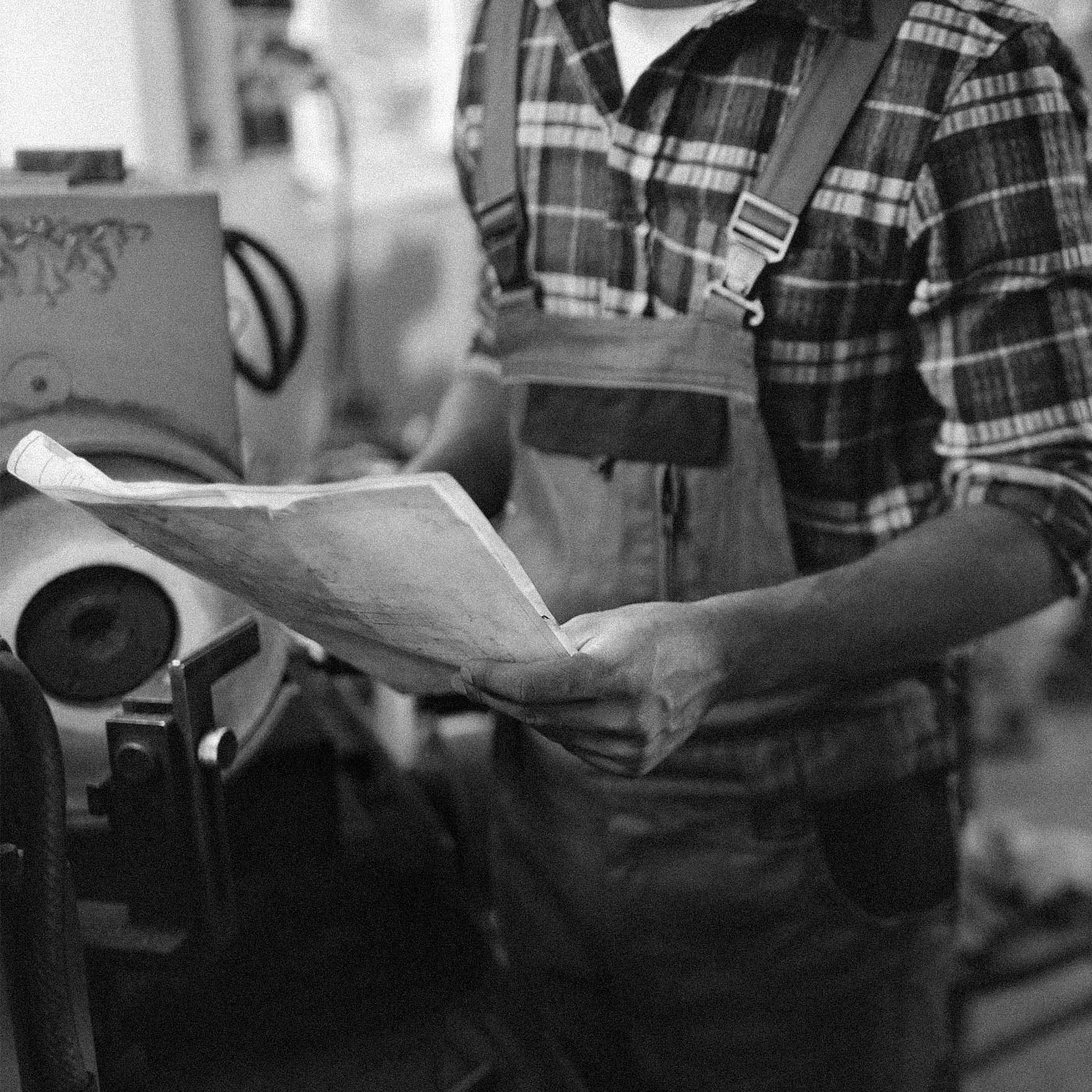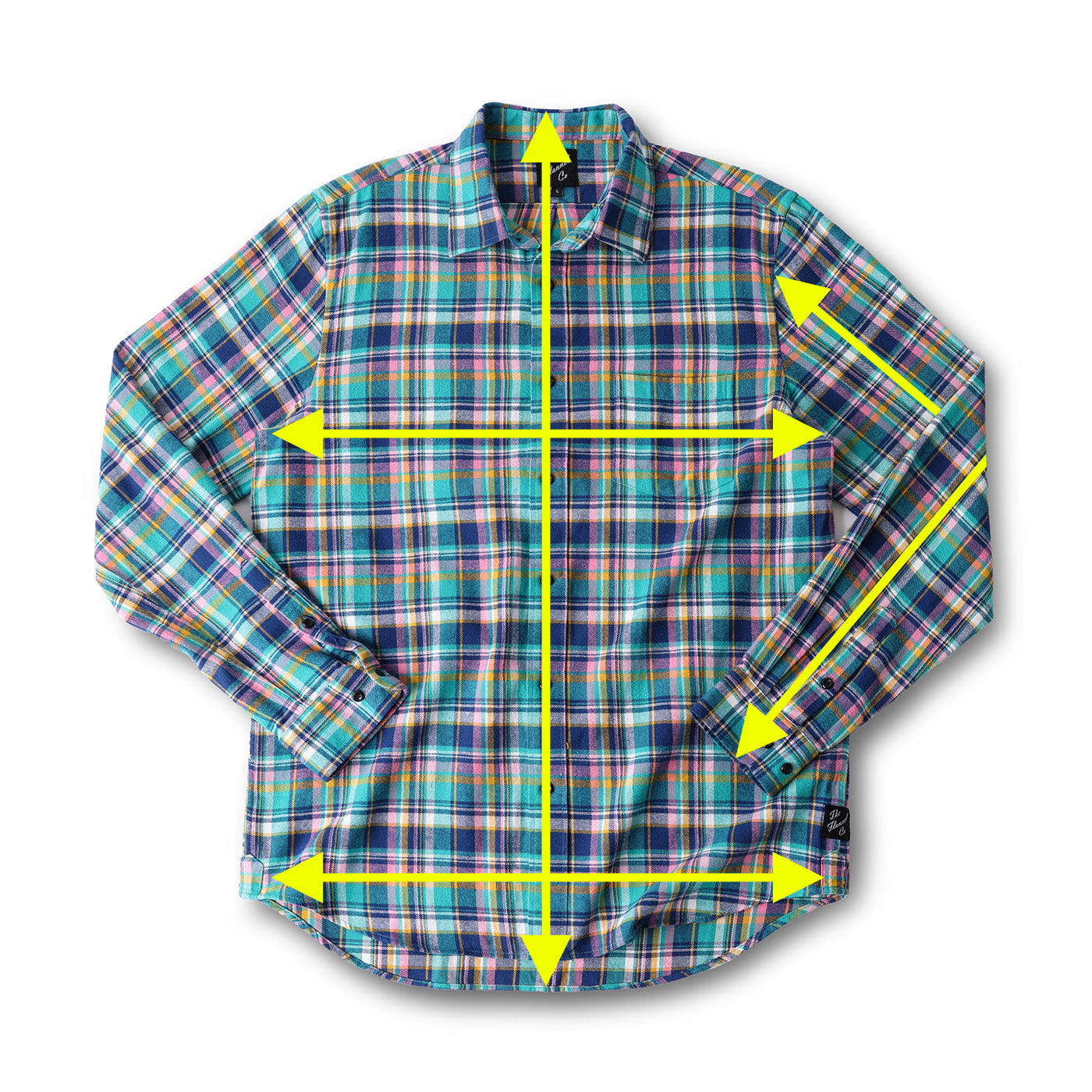
You won't forget your flannel, but you might forget the matches...
Starting a fire without matches is a valuable skill for any outdoor enthusiast. Whether you’re camping, hiking, or finding yourself in a survival situation, knowing how to start a fire without matches or a lighter can make all the difference in staying warm, cooking food, or signaling for help. Here are some effective techniques and tips to start a fire without matches.
1. The Hand Drill Method
- What You Need: A dry spindle (stick) and a dry fireboard (a flat piece of wood).
- How It Works: The hand drill method is one of the oldest fire-starting techniques. Place the spindle into a small notch on the fireboard. Using both hands, rapidly rotate the spindle back and forth, applying downward pressure to create friction. This friction generates heat and eventually forms a small ember.
- Tips: Look for dry, soft woods for both the spindle and fireboard, as they produce embers more easily. Patience and practice are essential for this method since it requires sustained effort.
2. The Bow Drill Method
- What You Need: A bow (a curved stick with a string tied on each end), a spindle, a fireboard, and a socket (a small stone or wood piece to hold the spindle).
- How It Works: This method builds on the hand drill method but uses a bow to increase speed and efficiency. Place the spindle in the notch on the fireboard and secure the top with the socket. Use the bow to rotate the spindle by moving it back and forth, creating friction until an ember forms.
- Tips: The bow drill is easier than the hand drill method because the bow provides more control and speed. Make sure to use dry wood, and keep your pressure steady for the best results.
3. The Fire Plow Method
- What You Need: A dry fireboard and a sturdy stick.
- How It Works: The fire plow method is another ancient technique. Carve a groove in the fireboard, then rapidly slide the stick up and down the groove, creating friction. As you move the stick back and forth, heat builds up, eventually producing a small ember.
- Tips: This method requires strength and endurance. Softwoods like cedar or pine work best for the fireboard, and a hardwood for the stick will be more effective.
4. Using a Flint and Steel
- What You Need: A piece of flint (or quartz rock), steel (such as the back of a knife), and char cloth or dry tinder.
- How It Works: Strike the steel against the flint at an angle to create sparks. Direct the sparks toward the char cloth or dry tinder until it ignites. Once you have an ember, transfer it to your kindling and gently blow on it to build the flame.
- Tips: Flint and steel are more reliable than friction methods and easier to use if you have the materials. Char cloth, which is partially burned cloth, is highly flammable and ideal for catching sparks.
5. Using a Magnifying Glass
- What You Need: A magnifying glass or any lens (a camera lens or eyeglasses can work), dry tinder, and direct sunlight.
- How It Works: On a sunny day, use the magnifying glass to focus sunlight onto a small point on your tinder. Hold the lens steady until the tinder begins to smoke and eventually catches fire.
- Tips: This method only works on sunny days, so it’s not ideal in cloudy or rainy conditions. Aim to find dry, fluffy tinder like dried grass or leaves, as it catches fire more easily under concentrated sunlight.
Choosing Your Tinder and Kindling
Once you’ve created an ember or spark, you’ll need tinder and kindling to build the flame. Tinder should be dry, fine material that ignites easily—like dry grass, leaves, or bark shavings. Kindling is slightly larger material like small twigs, which help sustain the flame before adding larger logs.
Safety Tips for Fire-Starting
- Pick the Right Spot: Choose a safe, open area to build your fire, away from flammable objects or overhanging branches.
- Control the Fire: Keep your fire small and manageable, especially in a survival situation where resources may be limited.
- Always Extinguish Completely: Make sure your fire is fully out when you’re done. Pour water over the embers, stir the ashes, and ensure there are no remaining embers.
- Wear the right shirt: This goes without saying and you probably don't need us to help you pick one, since you are here on our website and all...
Conclusion
Starting a fire without matches requires patience, skill, and practice. Whether you’re using friction, sparks, or sunlight, having a few techniques in your toolkit can prepare you for unexpected situations. Practicing these methods before you’re in the wilderness can build your confidence and make you a more resourceful adventurer.
With a bit of preparation, you can turn a challenging situation into a manageable one, and keep yourself warm, fed, and safe in the great outdoors.


